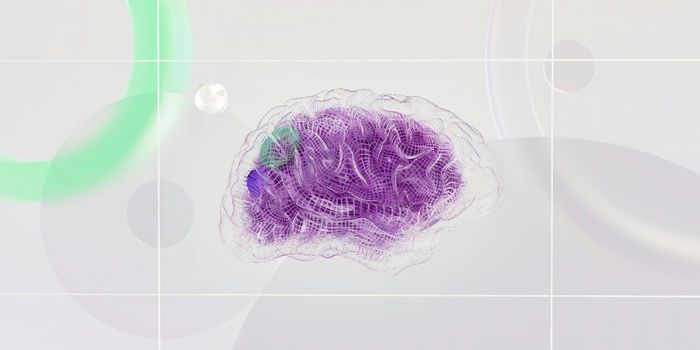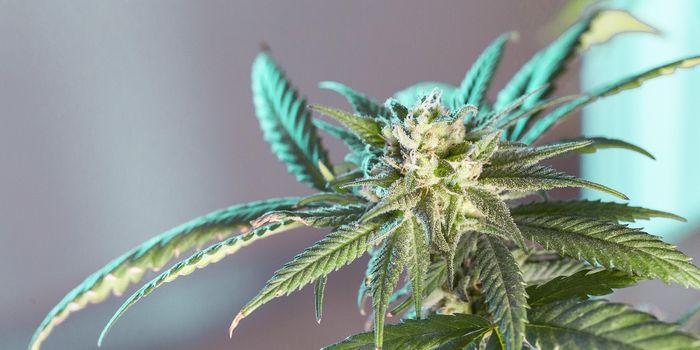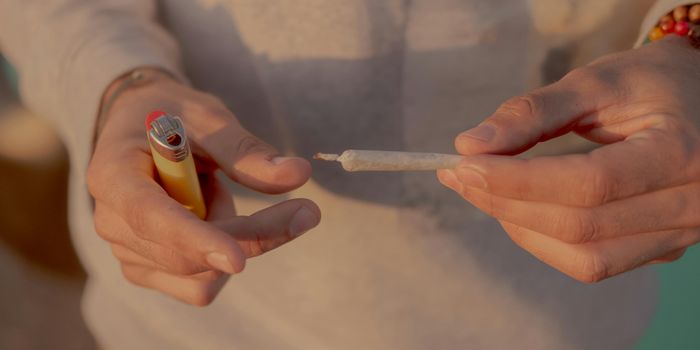Cannabis Use in Adolescents Linked to More Suicidal Thoughts

Studies show that adolescents who use substances have more psychiatric symptoms than non-using peers. However, research has produced conflicting results on how various substances co-occur with psychiatric symptoms, whether these associations are dose-dependent, and if infrequent use is also linked to increased symptoms.
In the current paper, researchers investigated whether a dose-dependent relationships exists between various psychiatric symptoms and substance use, and whether these associations differed among different substances. To do so, they analyzed survey results from over 15,000 high school students across Massachusetts gathered in 2022-2023.
Ultimately, they found that the use of cannabis, alcohol, and nicotine were each linked to an increased prevalence of suicidal thoughts, depression and anxiety symptoms, psychotic experiences, and symptoms of attention deficit hyperactivity disorder.
In particular, suicidal thoughts were around five times more prevalent among students who used substances daily or nearly daily compared to those who did not. They also found that increases in psychiatric symptoms were present among students with relatively low levels of use. The findings were replicated when the researchers examined survey results from 2021.
Lead author of the study, Brenden Tervo-Clemmens, Ph.D., an assistant professor at the University of Minnesota Medical School, said in a press release:
“Our study’s results highlight the prevalence of psychiatric co-morbidities among young people who use substances, and they lend strong support for the notion that screening, prevention, intervention and policy efforts need to comprehensively address targets beyond substance use alone. Also, these efforts may not need to necessarily be specific to a given substance, but rather reflect the multifaceted mental health needs of all adolescents who use substances.”
Sources: JAMA Pediatrics, Eurekalert








